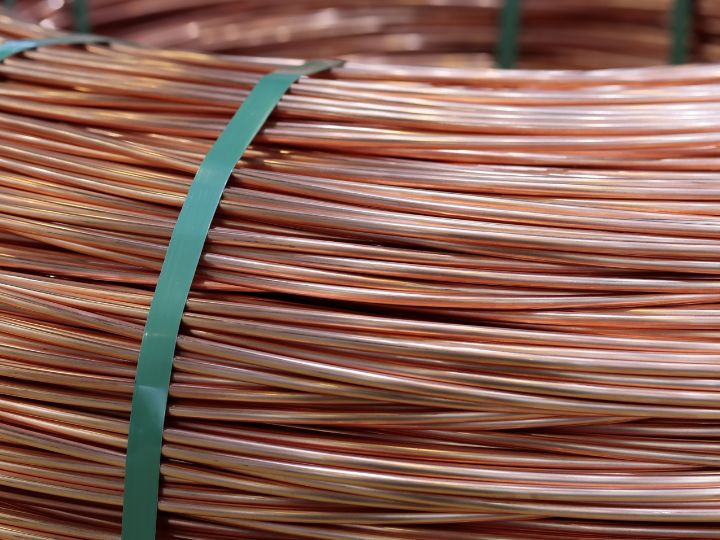Copper is a critical mineral used in the energy and technology industries. The Morenci Mine in Arizona is the largest copper producer in North America. Photo courtesy of GETTY Images.
Amid demand for critical minerals ever rising, the minerals industry, a sector integral to high-tech products, defense systems and sustainable energy technologies, is facing a shortage of trained professionals. To address the growing demand, University of Houston Associate Professor of Information Science Technology Xuqing (Jason) Wu is leading a $1 million initiative, funded by the National Science Foundation, to train the next generation of experts.
“Without targeted educational programs, the U.S. risks falling behind in securing a stable domestic supply of critical minerals,” said Wu.
Minerals and rare earth elements power the devices we use, the roads we travel, and
the energy we rely on every day. Phones and computers use minerals like copper and
lithium. Streets and houses are built with stone and cement. Coal and gas come from
the earth, too. These valuable elements have become essential building blocks of modern
life.
The program unites UH with key industry partners to expand workforce development and
drive research that fuels innovation.
The mineral industry is not exactly a new sector
During the stone age, cavemen were already rockhounding, digging into the earth searching for meteorites to use for their metal properties. Today it’s not much different. People are still digging, but now the mineral industry has become a key driver of the global economy.
Despite how critical the industry is, its reputation has lagged, failing to reflect its rapid growth and innovation. Modern operations rely on cutting-edge advancements like autonomous machinery, AI, real-time data analytics and environmental monitoring systems.
 Copper rolls ready to go to work - photo courtesy GETTY Images
Copper rolls ready to go to work - photo courtesy GETTY Images
 The Wu team: (l-r) Yan Yao, Jiajia Sun, Xuqing Wu, Jiefu Chen & Yueqin Huang
The Wu team: (l-r) Yan Yao, Jiajia Sun, Xuqing Wu, Jiefu Chen & Yueqin Huang
“The program aims to reshape public perception of the critical minerals industry, highlighting its role in energy, defense and advanced manufacturing,” said Wu. “Our program aims to showcase the industry’s true, high-tech nature.”
Showcasing it to younger students is the first order of business in preparing the next generation of mineral industry professionals. The project will directly sponsor approximately ten high school students and ten community college students in the Houston area each year. The students will have industry mentors and participate in a four-week training camp and immersive field-based learning experiences.
“High school and community college students often lack exposure to career pathways in mining, geoscience, materials science and data science. This project is meant to ignite student interest and strengthen the U.S. workforce pipeline in the minerals industry by equipping students with technical skills, industry knowledge and career readiness,” said Wu.
The initiative is an interdisciplinary collaboration with co-principal investigators at UH: Jiajia Sun, Earth & Atmospheric Sciences; Yan Yao and Jiefu Chen, Electrical and Computer Engineering; and Yueqin Huang, Information Science Technology.
